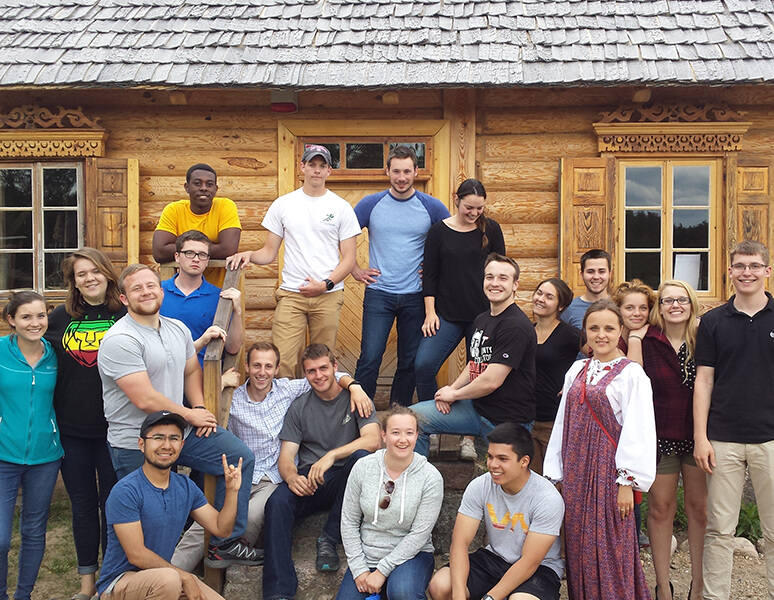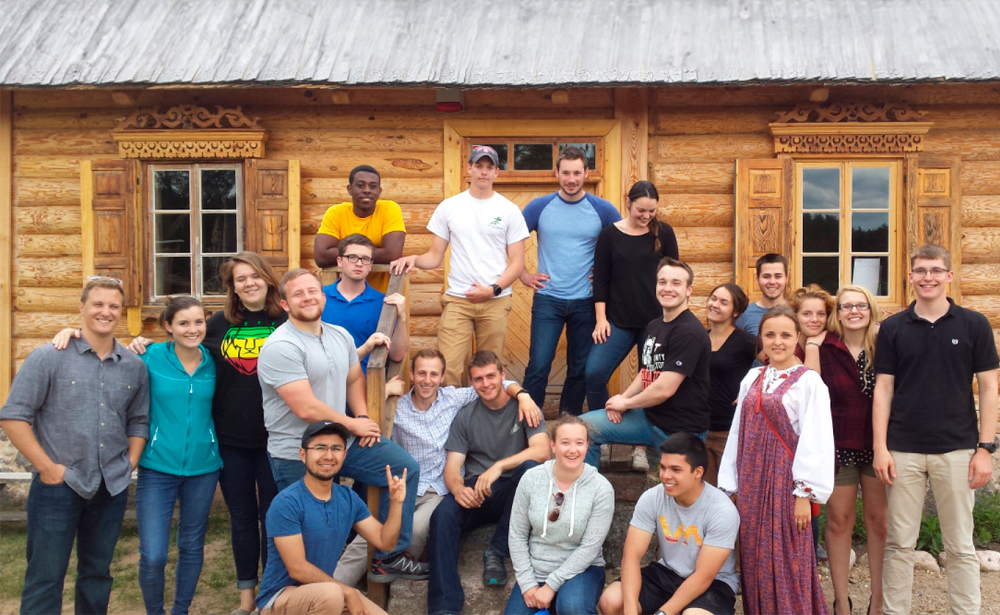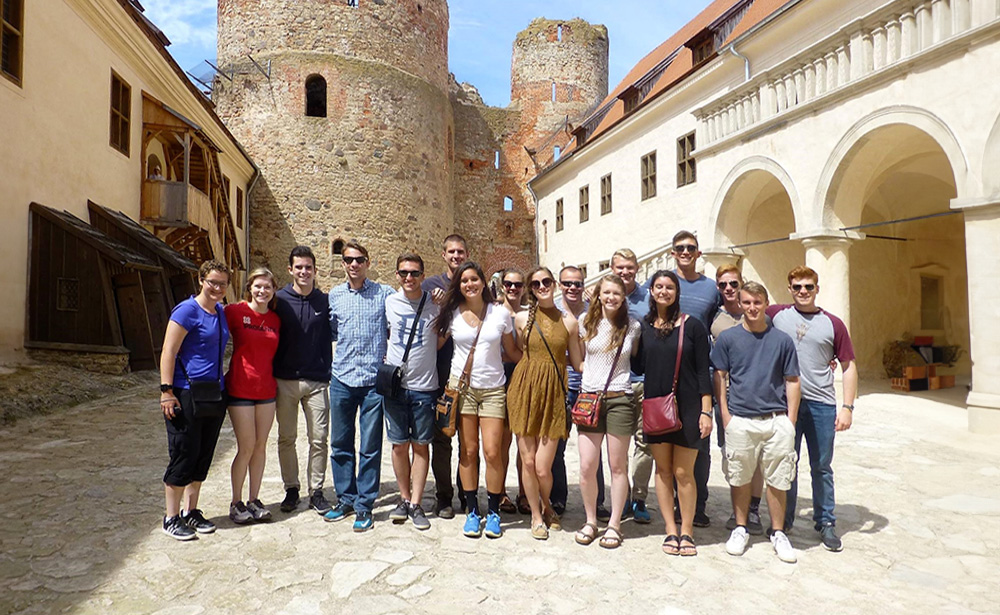Culture Classes
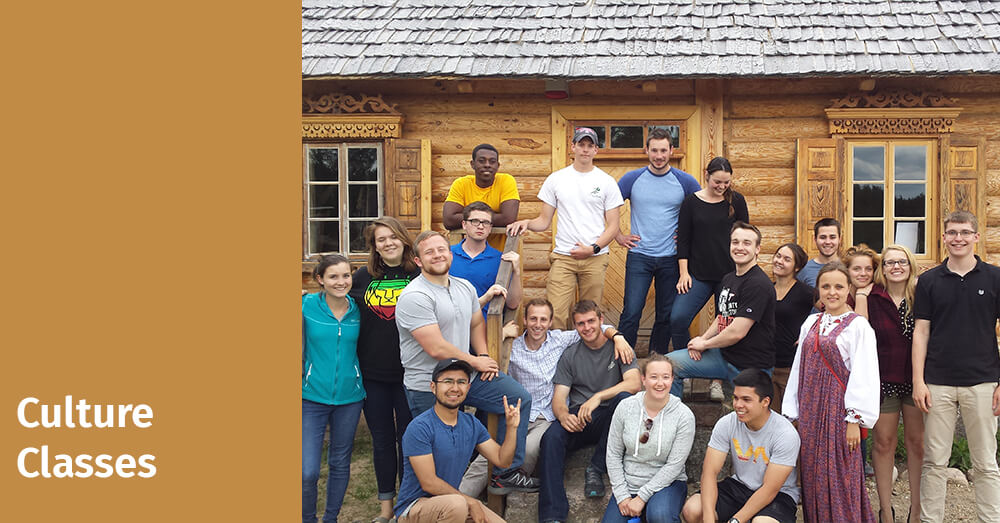
Our today’s article is about culture classes which we offer to our foreign students within the framework of the project “Learn Russian in the EU”. Our students learn Russian as well as get an insight into the Russian culture.
What are culture classes?
Culture classes is an integral part of the Russian language program provided by the project “Learn Russian in the EU”. Culture classes allow students to learn Russian through culture. For example, students learn about Russian traditional and modern songs, dances, movies, drama, etc.
What does the program include?
Songs
Students learn about Russian songs during this class. Our teacher introduces songs of various styles to our students. For example:
- Russian traditional songs:
Ой, мороз, мороз, не морозь меня,
Не морозь меня, моего коня,
Не морозь меня, моего коня.
Моего коня белогривого,
У меня жена, ой, ревнивая,
У меня жена, ой, ревнивая.
У меня жена, ой, красавица,
Ждёт меня домой, ждёт печалится.
Ой…
Я вернусь домой на закате дня,
Обниму жену, напою коня,
Обниму жену, напою коня.
Ой, мороз, мороз, не морозь меня,
Не морозь меня, моего коня,
Не морозь меня, моего коня.
- Modern songs by famous musicians and groups: Viktor Tsoi, Zveri, etc.
- Bards: Bulat Okudzhava, Vladimir Vysotsky, etc.
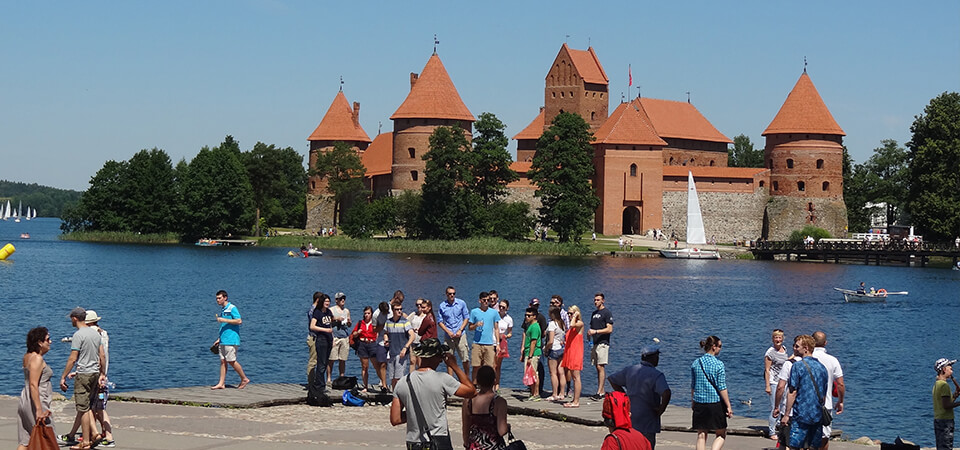
The teacher makes presentations about a song. Students listen to the song. Then the teacher and students work together on the lyrics, translate unknown words. After that, they sing together. The main advantage of this class is that students learn new words through singing, and they memorize them. It’s an interesting interactive class which makes students feel more relaxed and sometimes demonstrate their singing talents.
Movies
During this class, students watch Russian cartoons (the most popular are “Smeshariki” and “Masha and the Bear”) and films together. They watch both old films and the new ones. Students normally really like this class, they immerse themselves into the study process, as well as they get used to the Russian speech more quickly.
Theater (drama)
The aims of this class are public speaking and teambuilding. Russian-speaking students also participate in this class. This class helps students feel less tense, get to know each other, and find a common language. When it’s possible, we take our foreign students to Daugavpils Theater so they could see how the theater works from inside.
Dances
This cultural class introduces our foreign students to the folk-dance art in Russia – Russian folk dances. Folk dancing is a reflection of everyday life, feelings, and culture. Thanks to dancing people were able to express their emotions using smooth movements and thematic musical motifs. All traditional Russian dances originate in Old Russia. Many of them have preserved up to now. Circle dance is the most popular dance. During the class students see traditional elements of dances and participate in the circle dance.

Clay Art Center
Visits to the Clay Art Center is one of the favorite activities of our students. Pottery, both in Russia and in Latvia, is a traditional craft and part of the culture of both countries. Therefore, our students first have a tour around the center, and then we take them to the workshop, where they can watch the process of modeling clay and even try to make small things of clay as souvenirs.
Cooking
Within the framework of the program, we organize for our students a trip to the Trade School where they learn how to cook traditional Russian dishes – pancakes and pelmeni. Students are happy to get involved in the cooking process, and at the end eat what they have cooked. To make the dough for pelmeni you need a few eggs, flour, water and salt, and for the meat filling – minced meat, onions, salt and pepper. The recipe for making pelmeni is quite simple, so you can easily cook them at home.
Old Believers
This is a very special class and we invite different lecturers to conduct it. Ina Kirnichanskaya, who tells our foreign students about the Old Believers culture on the example of her family, is one of them. Having received the basic knowledge, students go to the Old Believers village – Slutiski which is located in Naujene Parish. They go to a museum and learn more information about Old Believers culture and lifestyle.
Final Event
At the final event, students usually perform in Russian, sing Russian songs, dance, share their impressions, and talk about what they have remembered and liked in their study program. Culture classes as a supplement for Russian lessons is an excellent opportunity to learn Russian and know about Russian culture!
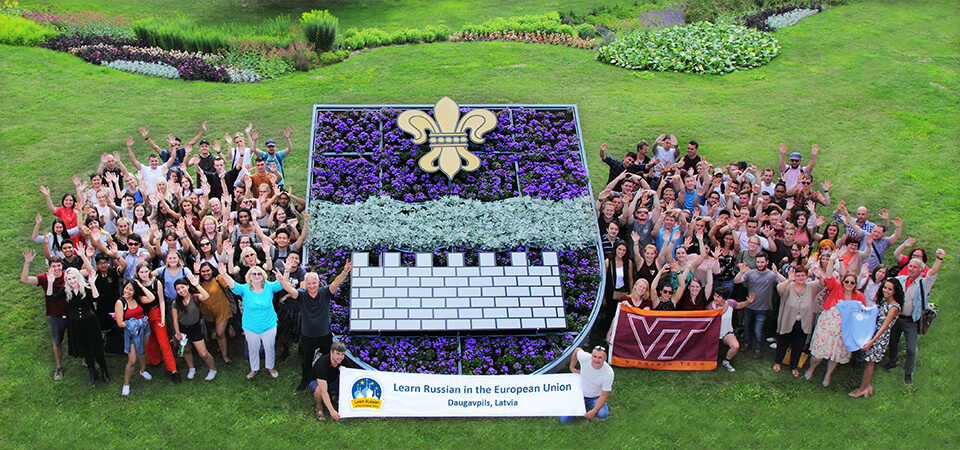
You may be interested
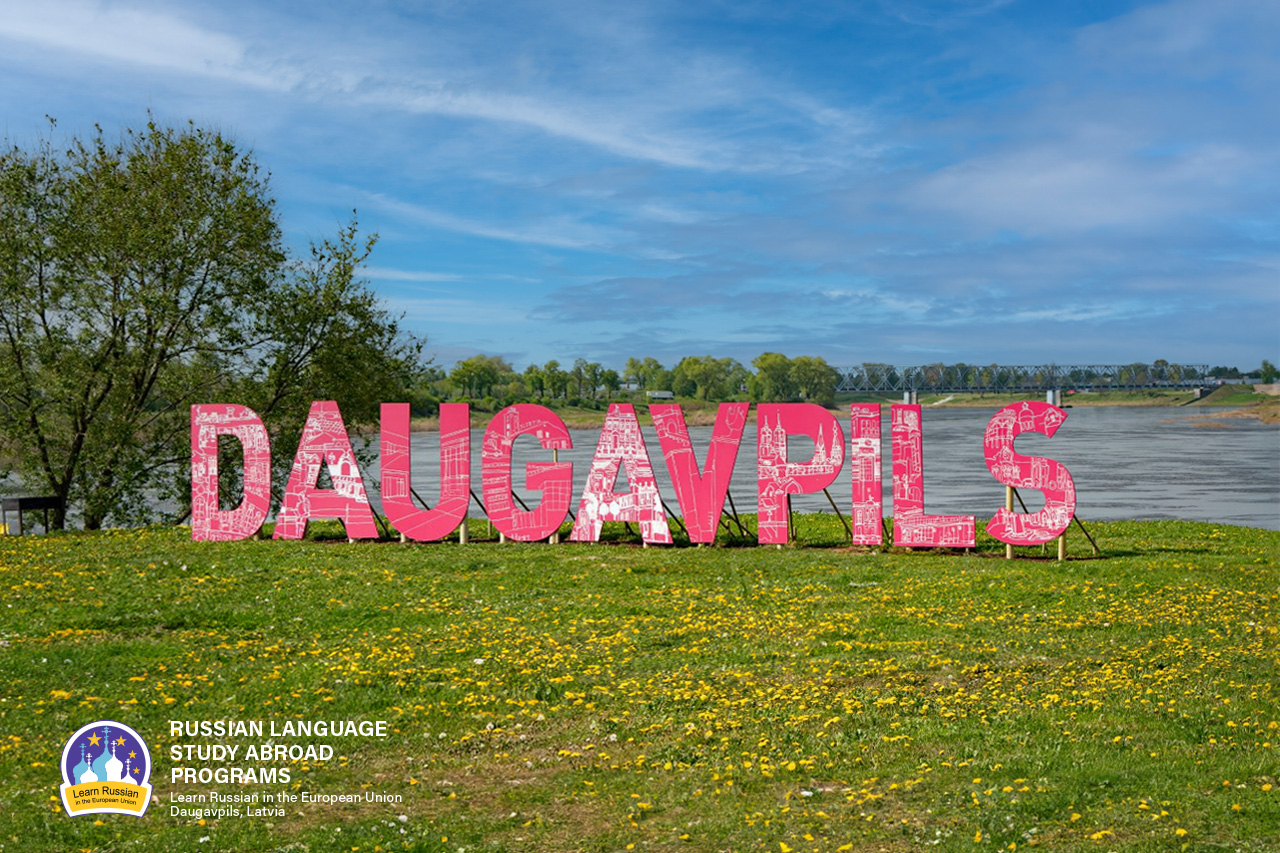
Why do people speak Russian in Daugavpils?
As it seems to us, Daugavpils is the best place to learn Russian now, because our city is situated in the EU and NATO, but at the same time 90% of the city’s population speak Russian at home.
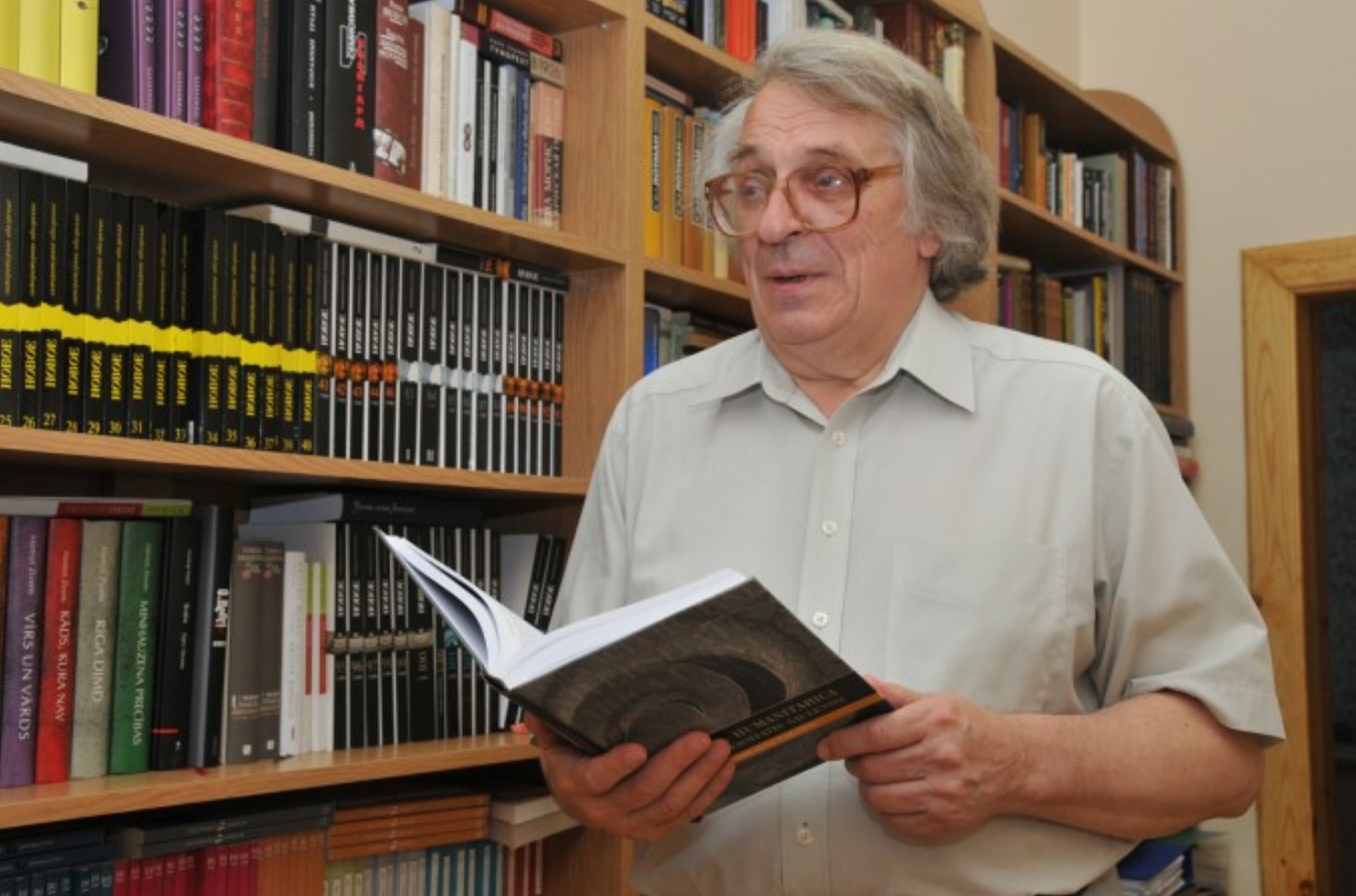
ЭТЮД О ДВИНСКЕ
Etude on Dvinsk by F.Fedorov
The Baltic region is one of the most catastrophe prone regions of the 2nd millennium, especially its second part; it is the centre of attraction of ‘geopolitical’ interests of the European world. Probably the most tragic fate has befallen to the eastern part of the present Latvia and its multi-titled town of Dinaburg – Dvinsk – Daugavpils. During its 730 years long history, the town went through five rather autonomous periods of development, five different lives (German, Polish, Russian, Latvian, Soviet), and at the beginning of the 1990s it entered into the 6th period.
The history of Dinaburg – Dvinsk – Daugavpils is the history of five attempts by the town to begin its life anew; and this is determined not only by the fact that the town was four times burned down and had to start life from scratch, but first and foremost because each of these periods was characterized by a total change of ethnos and the socio-cultural field.
The present article deals with the cultural space of the town in one of the most efficient periods of its development – from the 1860s till World War I.


